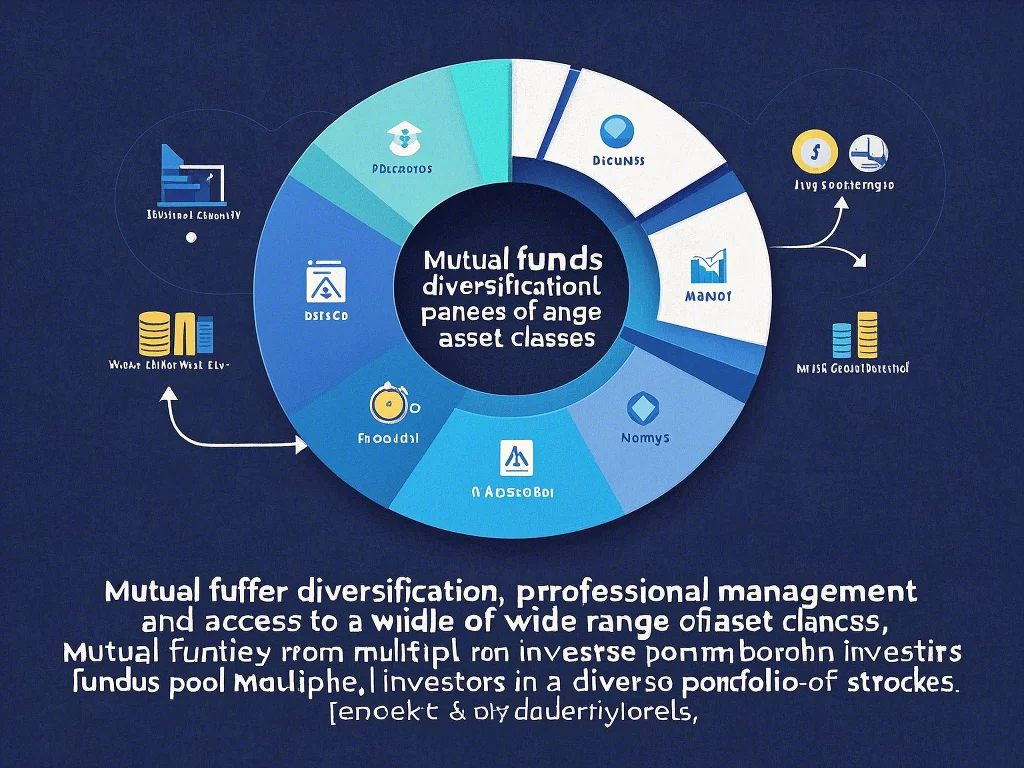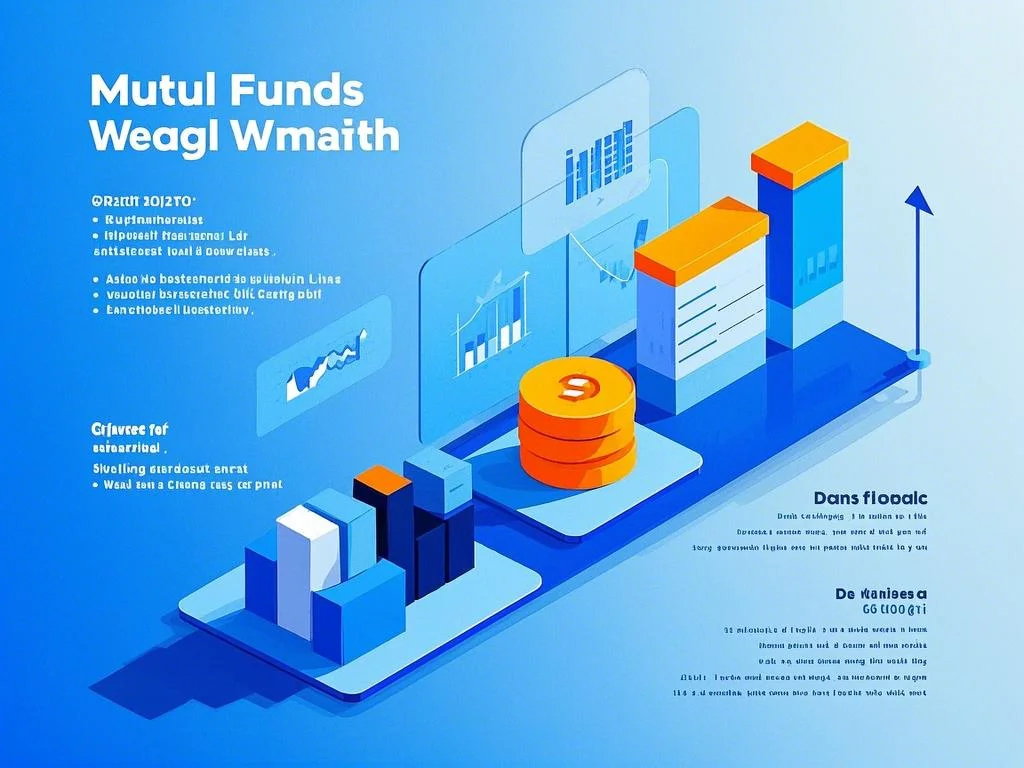Investing in mutual funds is one of the most effective ways to build wealth over the long term. Mutual funds offer diversification, professional management, and access to a wide range of asset classes, making them an attractive option for both novice and experienced investors. As we look ahead to 2025, identifying the best mutual funds for growth can help you achieve your financial goals and secure your future. In this article, we’ll explore some of the top mutual funds for 2025, discuss their key features, and provide tips to help you build a successful mutual fund portfolio.
Why Invest in Mutual Funds?
Mutual funds pool money from multiple investors to invest in a diversified portfolio of stocks, bonds, or other assets. This diversification reduces risk by spreading investments across different sectors, industries, and geographies. Additionally, mutual funds are managed by professional fund managers who have the expertise and resources to make informed investment decisions.
One of the key advantages of mutual funds is their accessibility. With a relatively small amount of capital, you can gain exposure to a wide range of assets that would otherwise be difficult to access individually. Mutual funds also offer flexibility, allowing you to choose funds that align with your investment goals, whether you’re seeking growth, income, or a balance of both. For long-term investors, mutual funds can be a powerful tool for building wealth and achieving financial security.

Top Mutual Funds for Growth in 2025
Here are some of the best mutual funds for growth in 2025, each offering a combination of strong performance, diversification, and professional management:
Fidelity Contrafund (FCNTX)
The Fidelity Contrafund is a large-cap growth fund that has consistently delivered strong returns over the years. Managed by Will Danoff, the fund invests in a diversified portfolio of U.S. companies with high growth potential. Top holdings include well-known names like Apple, Microsoft, and Amazon, which have driven the fund’s performance.
One of the key advantages of the Fidelity Contrafund is its focus on companies with strong fundamentals and competitive advantages. The fund’s long-term approach and disciplined investment strategy make it an excellent choice for investors seeking growth over the long term. Additionally, the fund has a relatively low expense ratio, making it a cost-effective option for investors.
Vanguard Growth Index Fund (VIGAX)
The Vanguard Growth Index Fund is an index fund that tracks the performance of the CRSP US Large Cap Growth Index. The fund invests in large-cap U.S. companies with high growth potential, including technology giants like Apple, Microsoft, and Alphabet. By tracking an index, the fund offers broad market exposure and low costs, making it an attractive option for growth-oriented investors.
One of the key advantages of the Vanguard Growth Index Fund is its low expense ratio, which is significantly lower than the average for actively managed funds. This cost efficiency allows investors to keep more of their returns, enhancing long-term growth potential. Additionally, the fund’s passive management approach reduces the risk of underperformance compared to actively managed funds.
T. Rowe Price Blue Chip Growth Fund (TRBCX)
The T. Rowe Price Blue Chip Growth Fund is a large-cap growth fund that invests in high-quality U.S. companies with strong growth potential. The fund’s portfolio includes leading companies like Amazon, Facebook, and Alphabet, which have driven its strong performance over the years.
One of the key advantages of the T. Rowe Price Blue Chip Growth Fund is its focus on companies with sustainable competitive advantages and strong growth prospects. The fund’s experienced management team conducts thorough research and analysis to identify companies with the potential for long-term growth. This disciplined approach has resulted in consistent outperformance compared to its benchmark and peers.
How to Build a Mutual Fund Portfolio
Building a successful mutual fund portfolio requires careful planning and consideration of your financial goals, risk tolerance, and investment horizon. Here are some tips to help you get started:
Diversify Across Asset Classes
Diversification is one of the most important principles of investing. By spreading your investments across different asset classes, such as stocks, bonds, and real estate, you can reduce risk and enhance returns. For example, you might allocate a portion of your portfolio to equity funds for growth and another portion to bond funds for retirement for income and stability.
Consider Your Risk Tolerance
Your risk tolerance is a key factor in determining the composition of your mutual fund portfolio. If you have a high risk tolerance and a long investment horizon, you might allocate a larger portion of your portfolio to growth-oriented equity funds. If you have a lower risk tolerance and a shorter investment horizon, you might focus on income-oriented funds, such as investment grade bonds or balanced funds.
Rebalance Regularly
Over time, the performance of different asset classes can cause your portfolio to become unbalanced. For example, if equity funds outperform bond funds, your portfolio may become overweight in equities, increasing your risk exposure. Regularly rebalancing your portfolio ensures that it remains aligned with your investment goals and risk tolerance.
Final Thoughts
Investing in mutual funds is a proven strategy for building wealth over the long term. By choosing the best mutual funds for growth and building a diversified portfolio, you can achieve your financial goals and secure your future. Whether you’re a novice investor or an experienced one, the key to success lies in continuous learning, disciplined investing, and sound risk management.
As you plan for 2025 and beyond, consider incorporating a mix of growth-oriented equity funds, income-oriented bond funds, and other asset classes into your mutual fund portfolio. With the right approach, you can navigate the complexities of the market and achieve long-term financial success.
